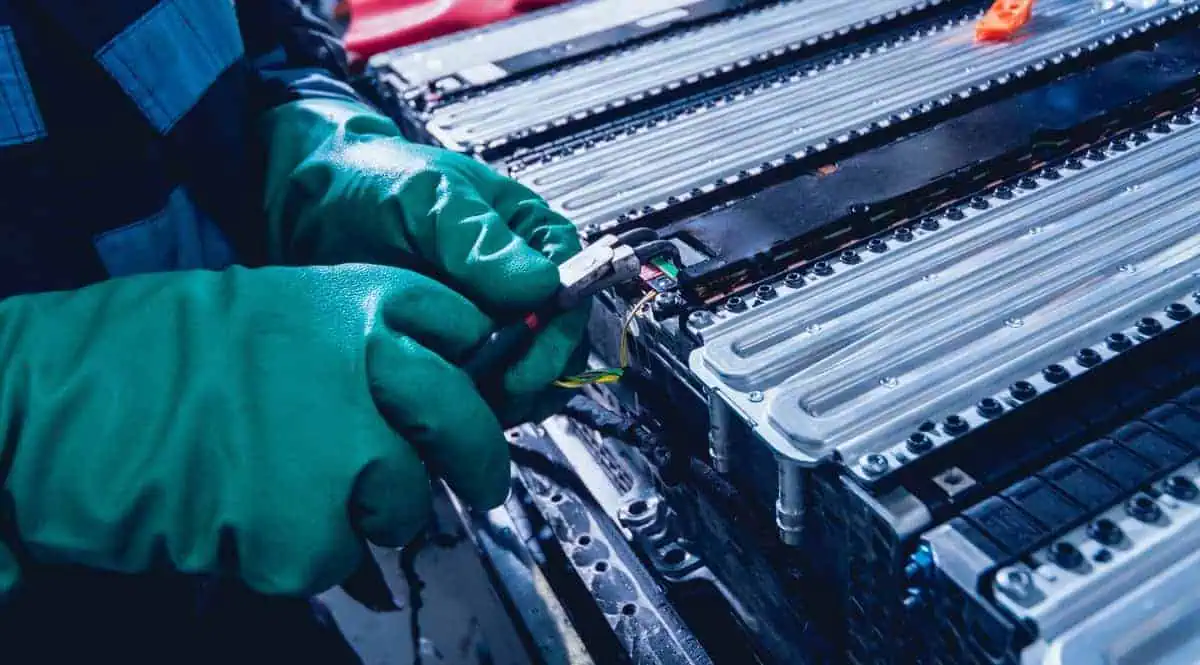The following are the top factors potential buyers must consider when buying electric vehicles powered by li-ion batteries:
| # | Factors | Description |
| 1 | Battery Capacity & Real-World Range: | Choose a battery capacity that provides enough range for your needs. Consider real-world factors like climate and driving habits. |
| 2 | Charging Speed & Infrastructure: | Consider your access to charging options (home, public) and choose a car compatible with your preferred charging speeds. |
| 3 | Battery Degradation & Warranty: | Li-ion batteries degrade over time. Research expected lifespan and warranty coverage for battery replacement. |
| 4 | Battery Chemistry: | Different chemistries offer varying benefits (LFP: lower degradation, NMC/NCA: higher energy density). Research and choose based on your priorities. |
| 5 | Battery Production & Recycling: | Consider brands committed to sustainable battery production and responsible recycling practices. |
| 6 | Purchase Price & Incentives: | Factor in government incentives, tax credits, and potential savings on fuel and maintenance. |
| 7 | Battery Leasing vs. Ownership: | Evaluate the financial implications of leasing or owning the battery separately from the car. |
| 8 | Total Cost of Ownership (TCO) | Consider charging costs, insurance, maintenance, and depreciation over the car’s lifetime. |
| 9 | Acceleration & Top Speed | Choose performance based on your driving habits and terrain (city vs. highway). |
| 10 | Cargo & Passenger Space | Ensure the car accommodates your needs for luggage, passengers, and potential modifications. |
| 11 | Technology & Features | Consider desired features like infotainment systems, driver-assistance technology, and safety features. |
| 12 | Manufacturer Reputation & Warranty | Choose a brand with a good reputation for reliability, customer service, and warranty coverage. |
| 13 | Availability of Service & Parts | Ensure convenient access to qualified service centers and replacement parts for your chosen brand. |
| 14 | Climate Impact throughout Life Cycle | Consider the car’s overall environmental impact throughout its entire life cycle. |
| 15 | Charging Infrastructure Availability | Choose a car compatible with available charging infrastructure in your area. |
| 16 | Climate Impact during Manufacturing | Consider the impact of battery production and charging on the environment. |
| 17 | Test Drive & Compare | Test drive different models to assess comfort, handling, and real-world performance. |
| 18 | Read Reviews & Research | Consult car reviews, consumer reports, and independent research for informed decision-making. |
| 19 | Consider Future Needs | Think about potential changes in your driving habits or needs over time. |
| 20 | Budget Realistically | Stick to a realistic budget and avoid overspending on features you may not need. |






